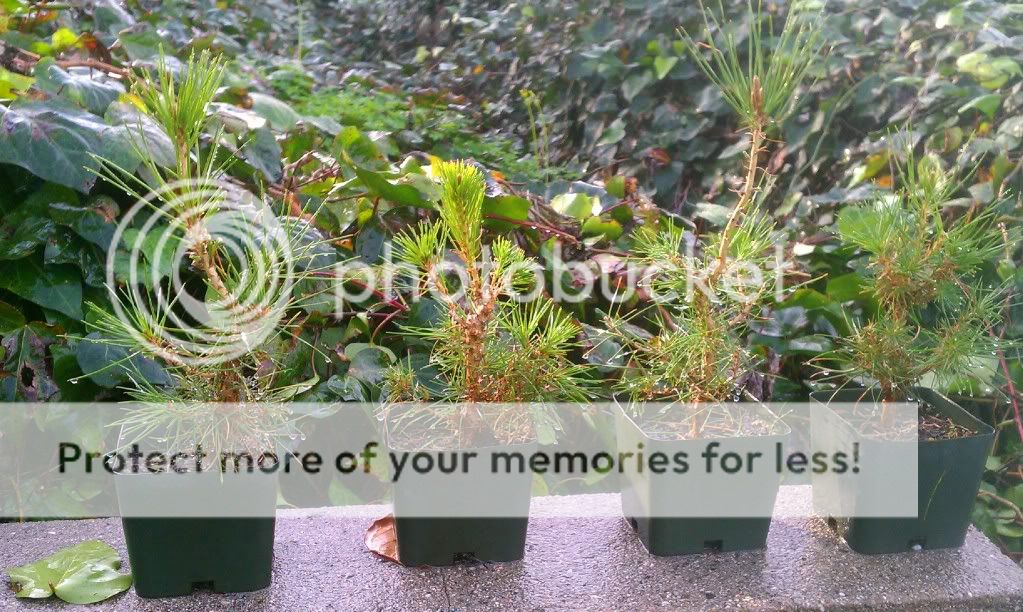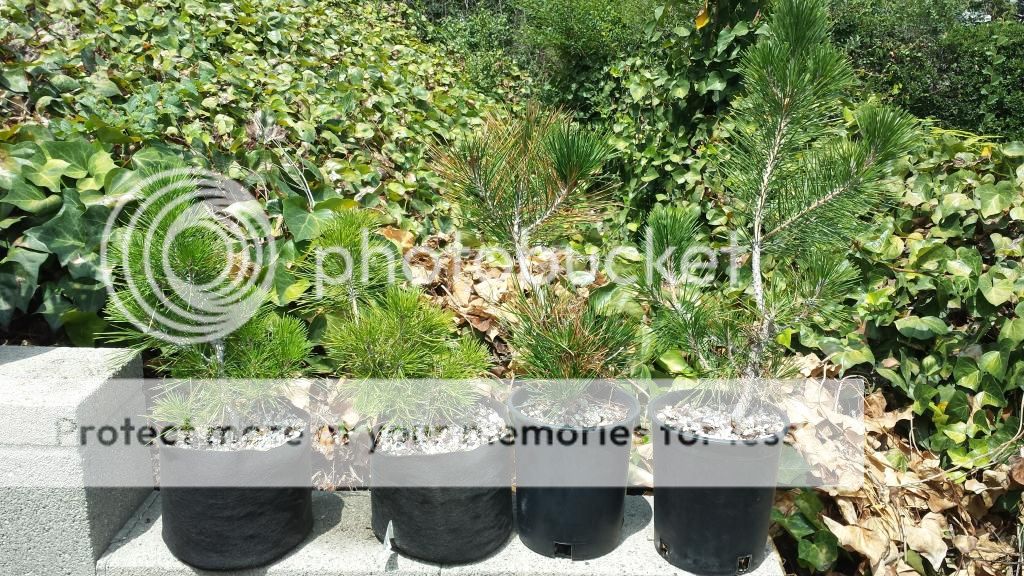If you seriously believe that the differences in the second photo were due to the pots, you need to go look at the before and after more closely because you are missing very important details in the comparison.
If you had a serious illness and someone offered you a drug that had been only tested on 4 people. It might have killed 2 of them and might have cured the other two but the results were inconclusive, would you take the drug?
I am a scientist, it is what I get paid to do. Yes, sometimes there are guesses, but I guarantee we dont take 4 results and make hard conclusions about what we see. Guessing without proper evidence (sample size) can lead to completely the wrong conclusion and have very dire consequences.
If you think science is all about test tubes and guessing, there is alot about the field you dont understand.
I just saw your point, that the difference in the two pictures is due solely to the starting plant, as outrageous. Most obviously, since he put the plants in different pots, the different pots could be a factor (one of many) that contributed to the difference (even significantly), not just the starting plant.
Also outrageous, is your assertion that you need a bigger sample size to conclude anything, and then a hypocritical conclusion that pot difference had nothing to do with the difference in growth.
Science doesn't mean we should abandon common sense. When an experiment is casual/harmless, results can still be useful despite a "non-scientific" experiment. Obviously in other situations, like before you treat people (as opposed to plants) with certain medications, the repercussions are much different, and the scenario changes a bit, don't you think? But if 4 trials is all I had to work with and I had to make a decision immediately, you can be sure I would look at the 4 results in making whatever decision need be made.
I don't mean to offend you as a scientist, I'm just saying science has its flaws as everything does. Look no further than studies on certain things we consume. For example, coffee. Do you not drink coffee because of "inconsistent" results in different scientific studies purporting its benefits and drawbacks? Also, which one is healthier, butter or margarine? Science, as does all experimentation, serves to bring more information to the table so we can use that information in the decisions we make.








